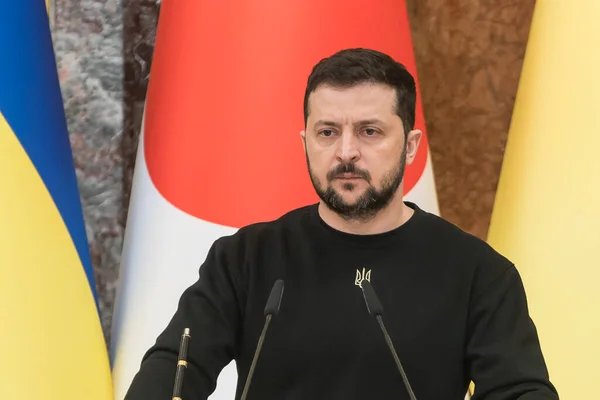
President Volodymyr Zelensky’s blunt threat on Oct. 8 “They have to be stopped in their tracks that would make a huge difference in the energy-resource trade, and for security in Europe too” reflected the enormity and sophistication of Russia’s maritime sanctions-evading network. Sources in Ukraine’s Foreign Intelligence Service say Moscow has a hidden fleet of over 500 tankers transporting crude oil and petroleum products out of the reach of global sanctions.
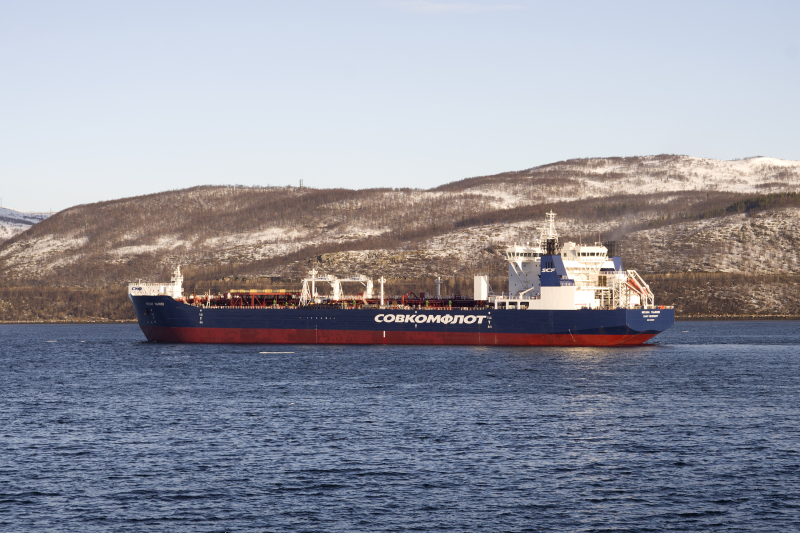
1. Anatomy of the Shadow Fleet
Russia’s shadow fleet, or so-called “dark fleets,” is made up predominantly of old vessels with an average age of 20 years, in contrast to 13 years for the world tanker average. They are often registered under flags of convenience and frequently switch identity during operation. Others travel without legitimate insurance or on forged documents, and others turn off their Automatic Identification System (AIS) transponders a conscious violation of global maritime safety standards. AIS, intended to transmit a ship’s location, direction, and speed, is useless when disabled or spoofed, making it harder to track and enforce.
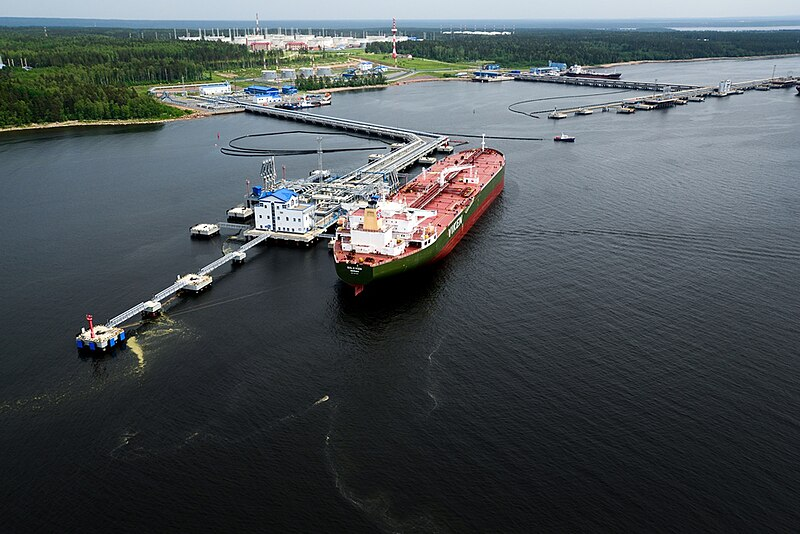
2. Flag Switching and Legal Grey Zones
The Boracay, which was held in France on September 30, shows the practice of constant flag jumping. Previously registered in several jurisdictions, it was flying no flag at the time of being boarded by French Navy commandos. Prosecutor Stéphane Kellenberger attested that the ship was bound for India carrying a sizeable cargo of Russian crude from Primorsk. Under the United Nations Convention on the Law of the Sea, ships without nationality can be intercepted in international waters, but enforcement is contingent upon cooperation of jurisdictions a problem when trails of ownership end in impenetrable shell companies.
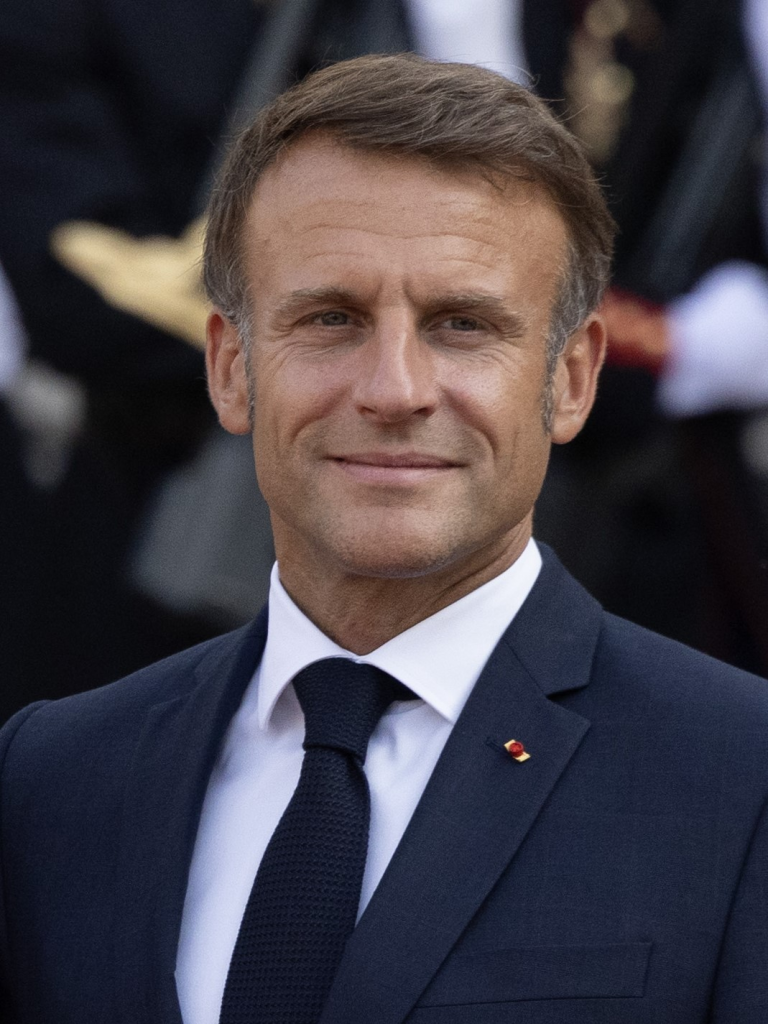
3. Economic Impact and Revenue Streams
The shadow fleet’s function is not peripheral. French President Emmanuel Macron has said that “30 to 40 percent” of the Russian war effort is paid for through revenues from these tankers, which add up to over €30 billion. In August 2025, 53% of Russian oil exports were shipped on G7+ tankers, 8 percentage points less than July, illustrating a return to dependency on shadow vessels. A quarter of oil shipped by shadow tankers that month was carried on vessels already sanctioned.
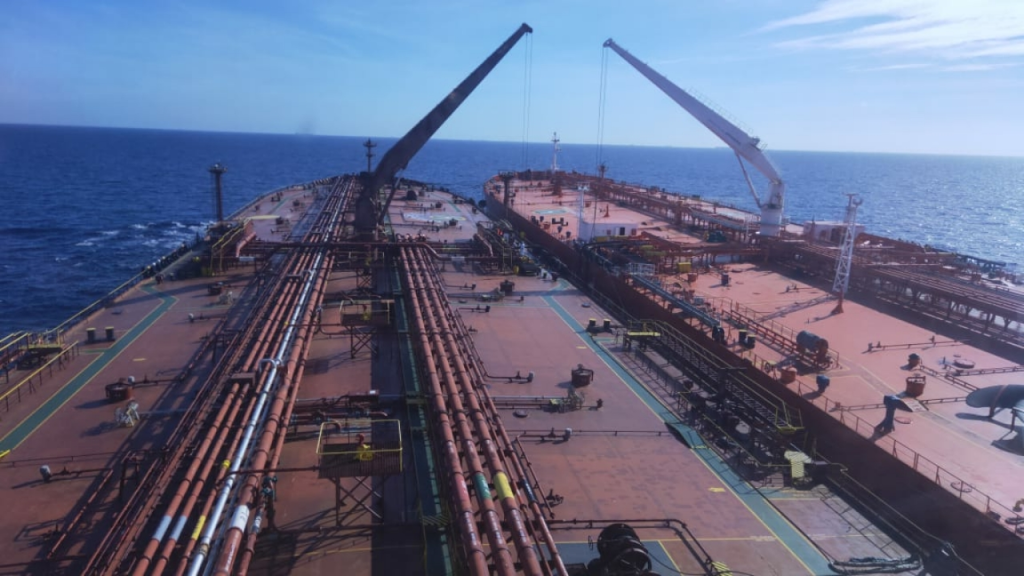
4. Weaknesses in Maritime Tracking
AIS spoofing is merely one aspect of the cover-up tactic. Maritime surveillance via satellite is able to identify ships even when AIS is off, employing synthetic aperture radar (SAR) to pierce cloud cover and darkness. Yet, shadow fleet operators work in regions of gaps in coverage and governmental hesitation to intervene beyond territorial waters. Ship-to-ship (STS) transfers, worth €121 million a day in EU waters in August, add to the obscurity of cargo origins, particularly when carried out by uninsured or under-inspected tankers.

5. Environmental and Safety Risks
Earlier tankers in the shadow fleet are acute environmental risks. A spill, without sufficient Protection & Indemnity (P&I) insurance, could result in cleanup costs of over €1 billion for coastal states. Greenpeace Ukraine’s Natalia Gozak cautioned that “absence of insurance coupled with the truly old vessels. raises the risk of environmental disaster.” The Baltic Sea, through which hundreds of shadow ships pass each day, is especially at risk owing to its bounded waters and fragile ecosystems.
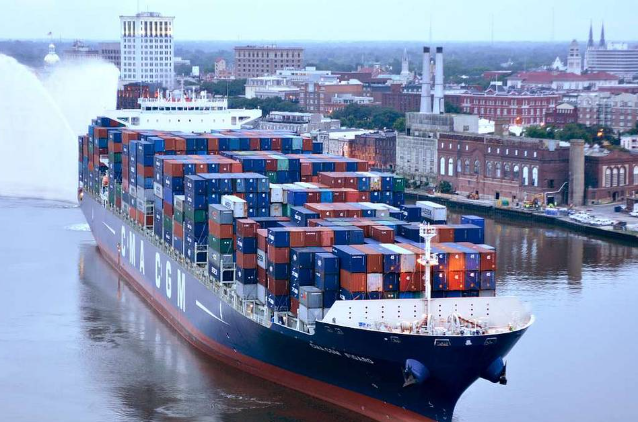
6. International Sanctions Response
The EU, Australia, and Canada have lengthened sanctions lists, aiming at ships and middlemen facilitating shadow fleet activities. Canada’s recent measures span over 200 vessels. The EU’s 18th package of sanctions prohibits imports of oil that has been processed from Russian crude, plugging the loophole for re-export via third countries. However, enforcement is not yet consistent with sanctioned vessels continuing to export oil worldwide.

7. Closing Loopholes and Strengthening Enforcement
Analysts suggest reducing the oil price cap to $30 per barrel, which would have reduced Russian revenues by 40% since December 2022. They also propose prohibiting STS transfers in G7+ waters, requiring transparent maritime insurance disclosures, and harmonizing vessel sanctions lists across jurisdictions. Maritime authorities can detain tankers with false flags or without valid insurance, adding them to OFAC, UK, and EU sanctions rosters.

8. Strategic Surveillance Integration
Combining AIS information with SAR imagery and high-frequency radio direction finding would enhance rates of interdiction. Connecting such datasets with port state control inspections would enable authorities to effectively identify and detain suspicious vessels. The NATO navies in the Baltic already track shadow fleet activity, but operational reach is constrained beyond national waters, necessitating coordinated multinational patrol efforts and intelligence sharing.

The resilience of Russia’s shadow fleet is a testament to the creativity of sanctions avoidance and the weakness of existing enforcement tools. As Zelensky’s warning starkly illustrates, it is not merely an economic necessity but a strategic imperative for European security to dismantle this network.

